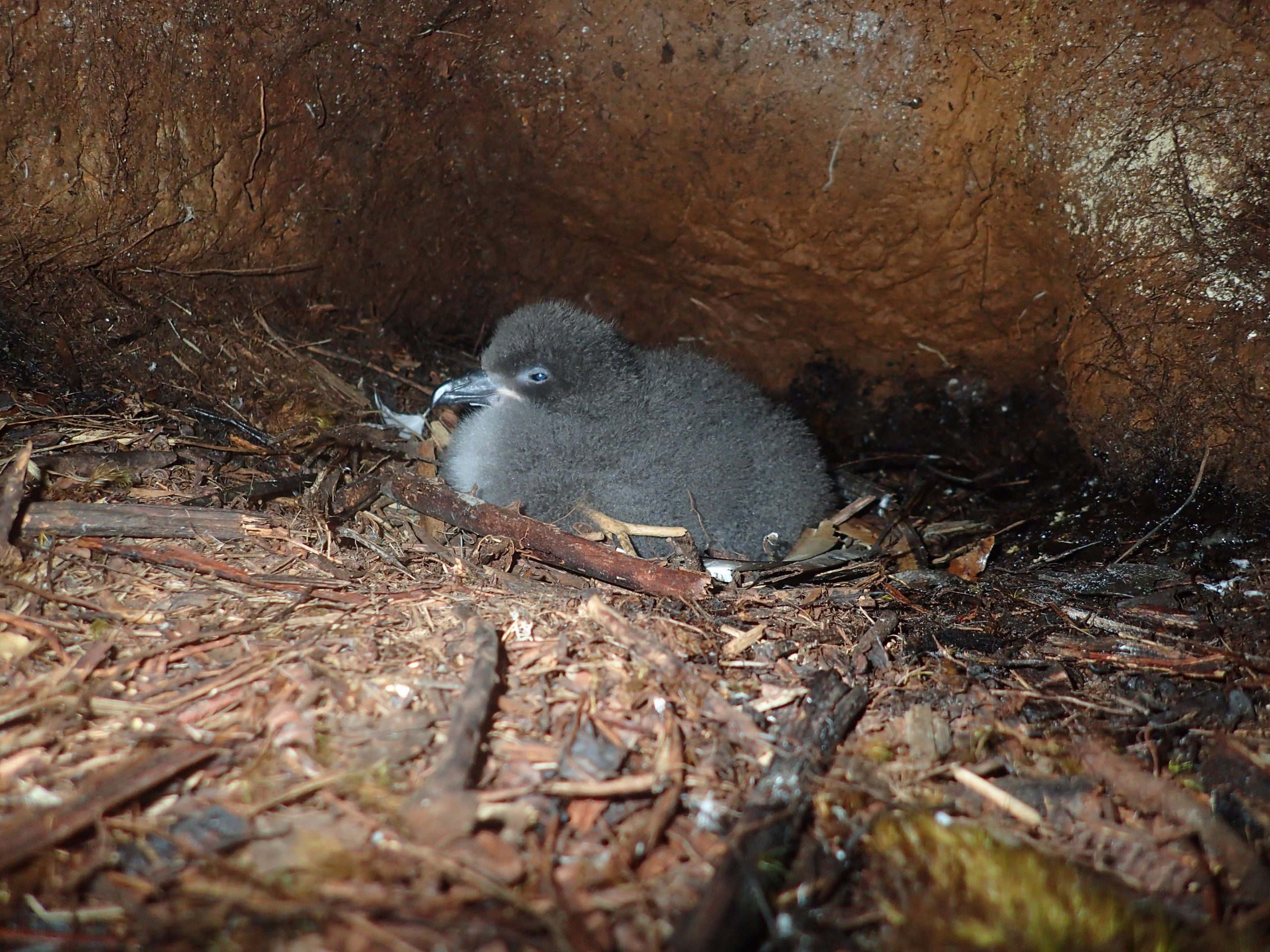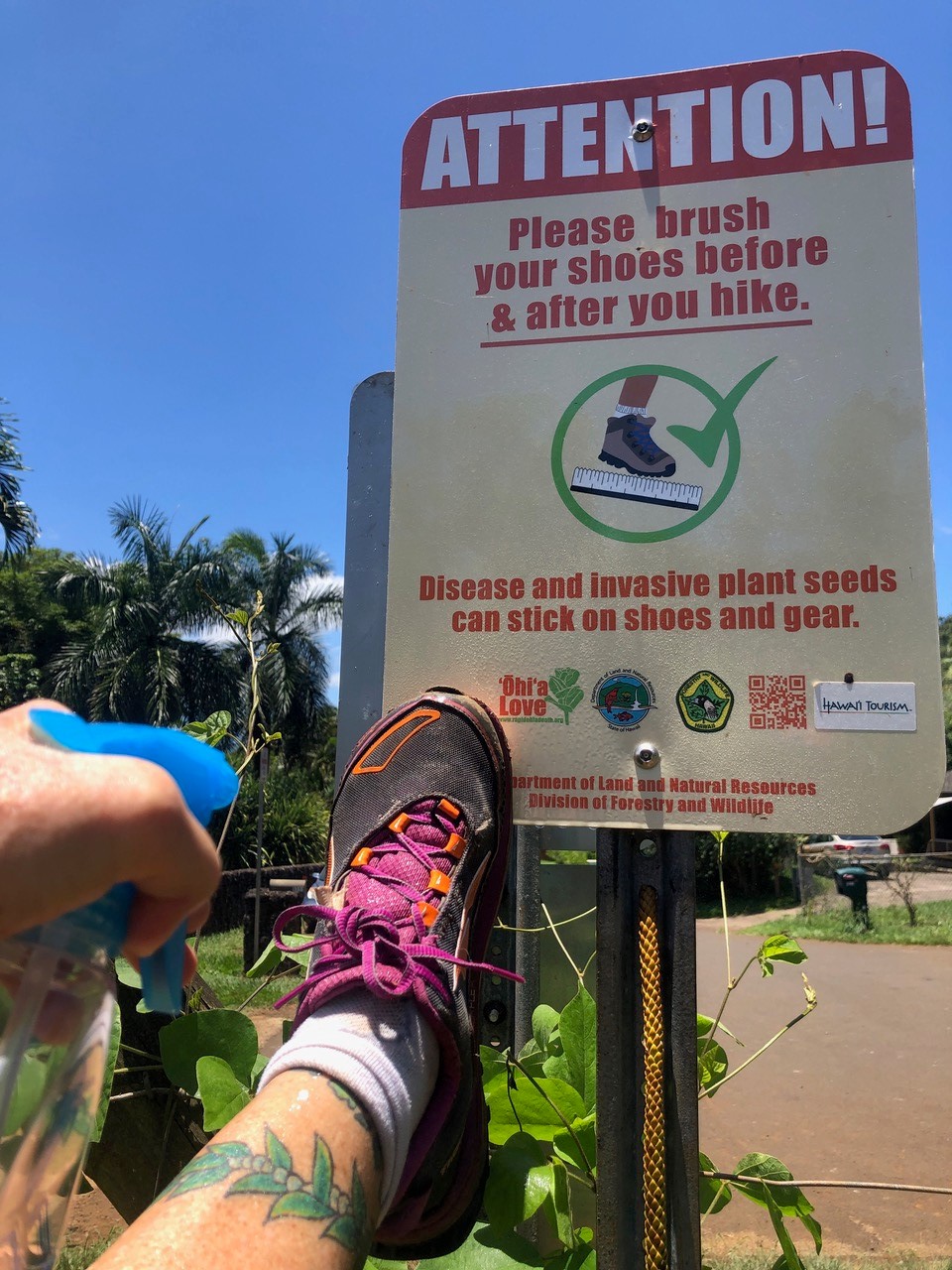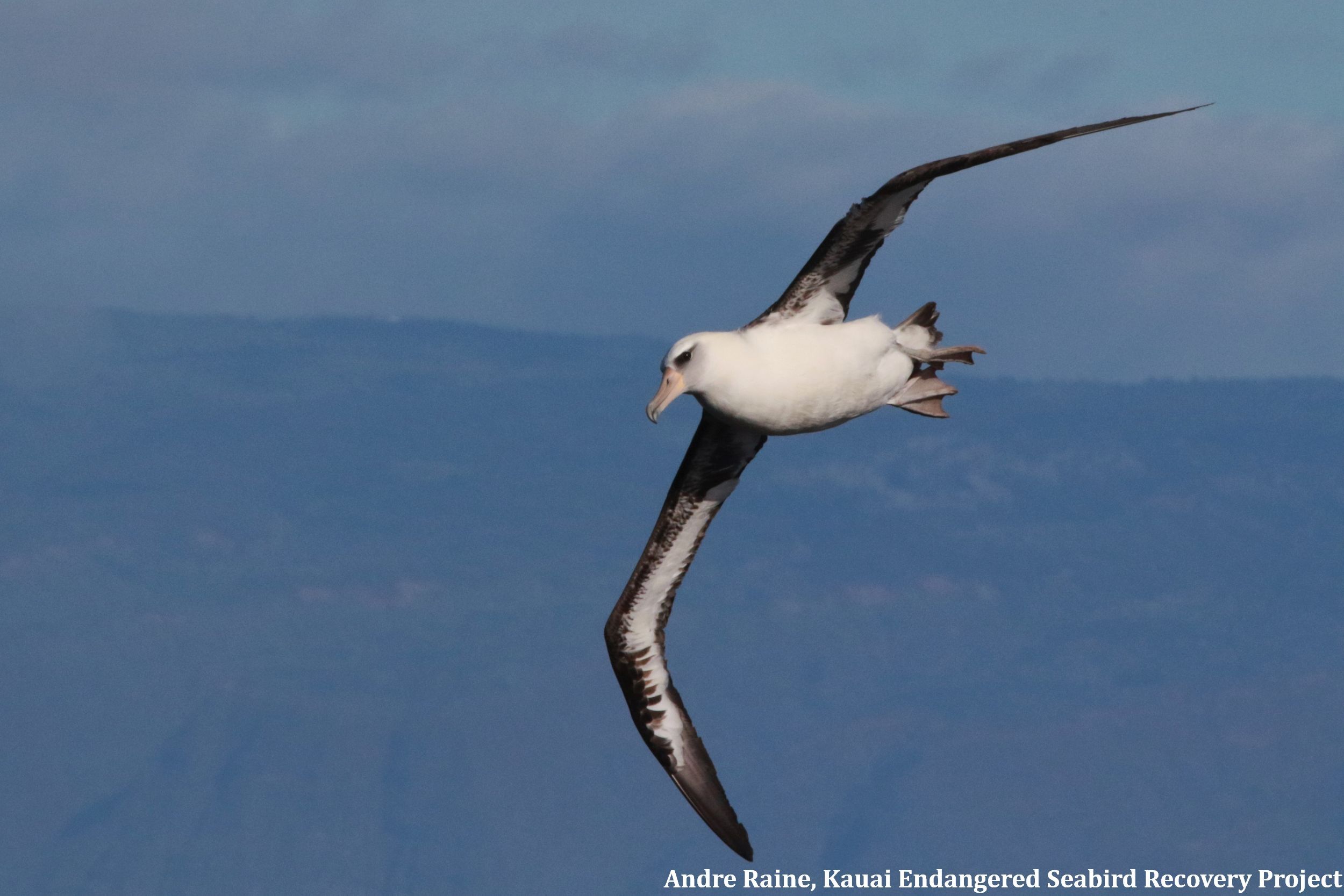(Honolulu) – Out of an abundance of caution and to facilitate social distancing recommendations, DLNR and its divisions are announcing the following closures to help reduce the potential spread of COVID-19. DLNR Chair Suzanne Case said, “We appreciate everyone’s patience and understanding during this time of major inconvenience. We intend to reopen parks and facilities as soon as the novel coronavirus is no longer a threat. These steps are being taken to protect all visitors and constituents, as well as our staff, while maintaining a high level of service.”
Invasive Species
(Līhu‘e) - The Kaua‘i Rapid ‘Ōhi‘a Death Working Group announced today two new detection sites where the fungal disease has killed ‘ōhi‘a, the most prevalent tree in Hawai‘i’s native forests and a tree critical for the preservation of Hawai‘i’s watersheds.
(Honolulu) – Despite O‘ahu having the state’s highest population, the island has largely been spared from a wide-spread outbreak of the fungal disease known as Rapid ʻŌhiʻaDeath. With the detection last week of a single tree with the less virulent strain of the fungus, C. huliohia, only five ōhiʻa trees on O‘ahu have been identified as having the disease.
(Honolulu) – The 2020-2024 update to the original strategic response plan for the fight against Rapid ʻŌhiʻa Death notes many challenges ahead. Released today, the plan calls for additional funding of $4 million, each year, over the next five years to continue progress toward understanding and addressing the fungal disease that has seriously impacted Hawai‘i’s native forests.
Lihu‘e – The killing of an endangered Hawaiian Petrel chick involved in a tracking project highlights the continued threat of feral cats to native wildlife on Kaua῾i. The chick had been satellite tagged with two others as part of a research project by the Kaua῾i Endangered Seabird Recovery Project (KESRP) to locate the petrel’s first oceanic wintering grounds. When the tag continued to transmit from land over several weeks, researchers returned to the bird’s forest burrow in late November to find it had been killed by a cat. The kill was caught on a camera that was hidden to monitor the burrow.
(Honolulu) – An aerial survey of some 20,000 acres of forest on O‘ahu has resulted in the fourth detection of Rapid ʻŌhiʻa Death (ROD) in an ʻōhiʻa in the Moanalua Section of the Honolulu Watershed Forest Reserve above Tripler Army Medical Center.
(Honolulu)- One of Hawaii’s most important native plants is the Naio tree. Naio has been widely planted in landscapes and is an important component of our island’s coastal ecosystems. A decade ago naio became threatened with a small invasive insect pest known as thrips found on Hawai’i Island. Thrips are narrow, dark brown to black and approximately 2.2.5 mm in size and are native to Tasmania. They were likely first accidentally introduced in the U.S. in California.
(Līhu‘e) - Recent helicopter surveys prompted foresters with the DLNR Division of Forestry and Wildlife (DOFAW) to sample 10 dead ‘ōhi‘a in two locations within the Līhu‘e-Kōloa Forest Reserve. Six trees tested positive for Ceratocystis lukuohia, the more virulent of the two fungal pathogens causing Rapid ʻŌhi‘a Death, the disease killing ‘ōhi‘a across the state.
(Lihue) – The population of Pacific Rats on tiny Lehua Island, off Kaua‘i’s west coast remains extremely low, two years after three applications of a rodenticide to clear them out of the State Seabird Sanctuary.
(Kahului) – In July, one of two species of fungus causing Rapid ʻŌhiʻa Death (ROD) was detected for the first time on Maui, in the Hāna region. The response was quick, and the tree, which was in an ornamental setting, was destroyed. However, surveys for the disease are ongoing.








